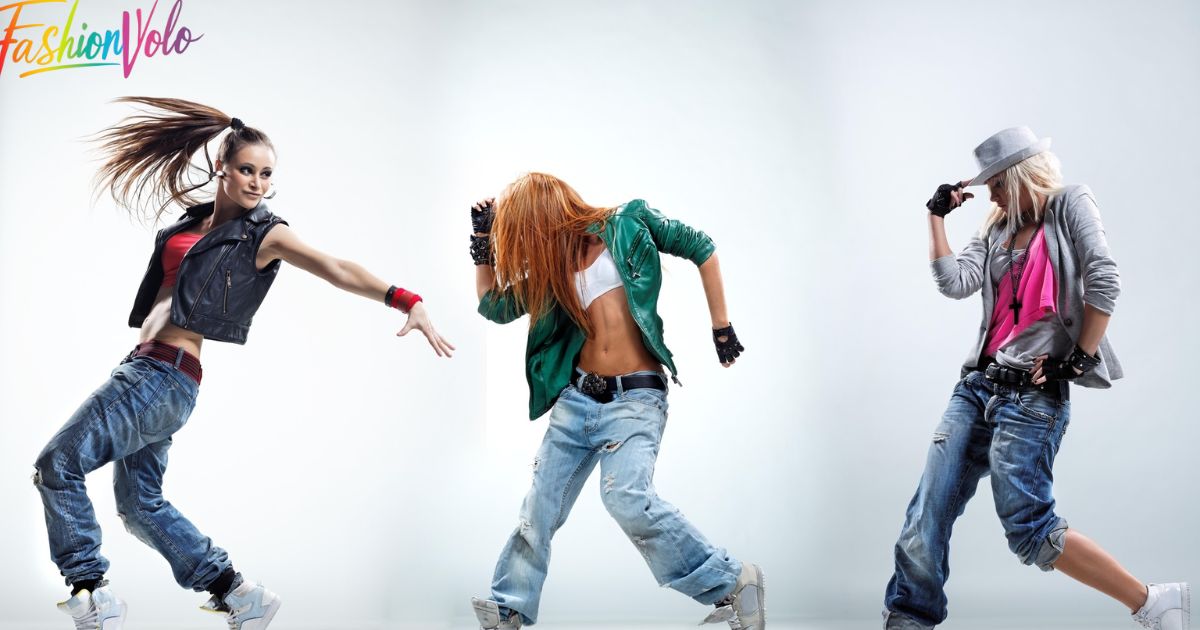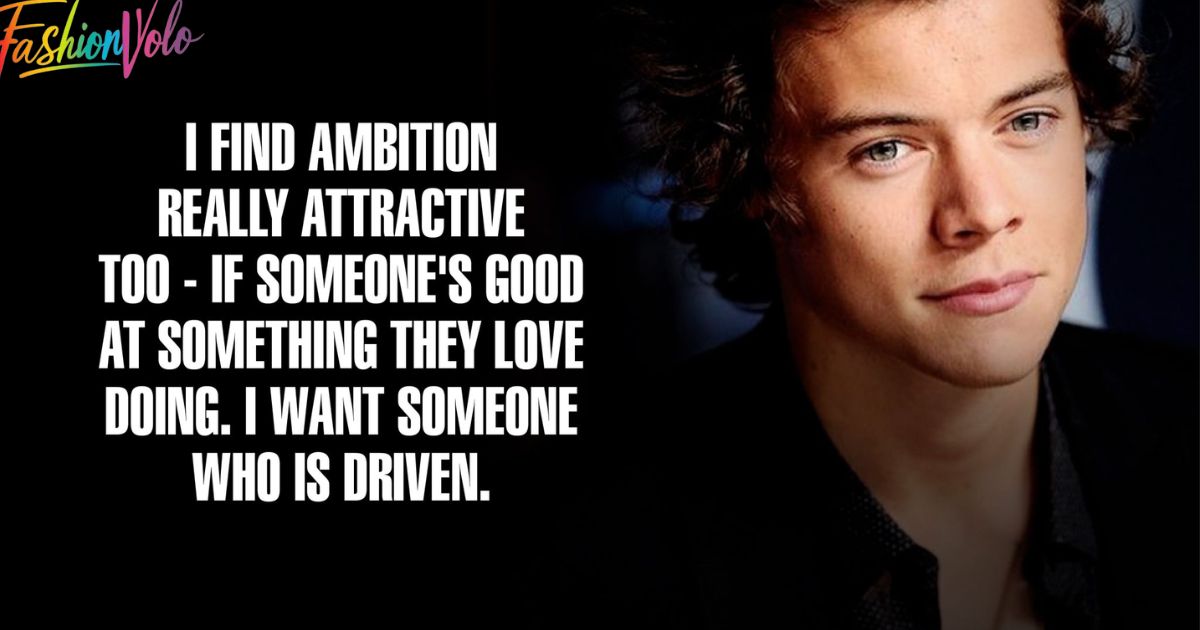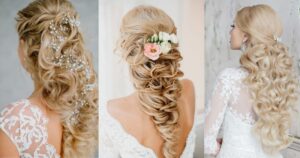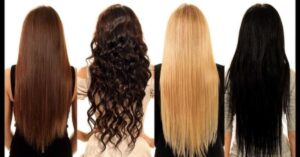Entertainment Lifestyle Music Fashion encompasses the trends, preferences, and activities that define popular culture, including music, fashion, and leisure pursuits. It reflects society’s tastes, values, and expressions through various forms of entertainment and self-expression.
Step into a vibrant world where rhythm meets style, where every beat resonates with the pulse of fashion. Explore the fusion of Entertainment, Lifestyle, Music, and Fashion – a captivating journey through the tapestry of contemporary culture, where expression knows no bounds.
It represents the vibrant tapestry of modern culture, blending music, fashion, and leisure pursuits into a dynamic expression of individuality and collective trends. It encompasses everything from the latest hit songs and runway fashion to the way we unwind and express ourselves in our daily lives.
Music’s Influence on Fashion
Music has a profound impact on fashion trends. Artists’ styles often inspire clothing choices, from iconic rock ‘n’ roll looks to hip-hop’s streetwear influence.
Fashion designers frequently collaborate with musicians, creating collections that reflect the mood and aesthetic of specific genres, amplifying the symbiotic relationship between music and fashion. This fusion of creative expression shapes cultural identities and influences the way people dress worldwide.
Retro-Futurism and Neoclassicism
Retro-futurism is a design aesthetic that draws inspiration from past visions of the future, blending nostalgia with futuristic elements to create a unique and imaginative style.
Neoclassicism, on the other hand, is an artistic movement that emerged in the 18th century, characterized by a revival of classical Greek and Roman art and architecture, emphasizing order, symmetry, and simplicity. While retro-futurism looks forward through the lens of the past, neoclassicism looks backward to ancient ideals for inspiration and guidance in art and design.
Hip-hop and Rastafarians

Similarly, Rastafarian reggae music has had a significant influence on hip-hop, with artists sampling reggae beats and lyrics and adopting Rastafarian imagery and themes in their music and style. Both movements celebrate resilience, unity, and the pursuit of freedom and equality.
New Romantics
New Romantic was a vibrant music and fashion movement that emerged in the late 1970s and early 1980s. It was characterized by flamboyant and extravagant styles, often incorporating elements of historical fashion and futuristic aesthetics.
New Romantic music, particularly associated with bands like Duran Duran and Spandau Ballet, featured synthesizers, dramatic vocals, and poetic lyrics, creating a sound that was both catchy and theatrical. The movement embraced themes of romance, glamor, and escapism, influencing not only fashion but also pop culture as a whole.
Fashion’s Influence on Music
Discussed about fashion’s influence on music in following
Evolution of Style
The evolution of style reflects changing cultural norms and individual expressions over time. From traditional attire to modern fashion trends, style continually adapts to societal shifts and personal preferences. It’s a dynamic process that mirrors the ever-changing landscape of human creativity and identity.
Collaborations and Crossovers
Collaborations and crossovers in various industries bring together diverse talents and perspectives, fostering innovation and creativity. They often result in groundbreaking products or experiences that combine the strengths of each collaborator. Such partnerships can lead to new trends, expand audiences, and redefine cultural landscapes.
Iconic Looks
Iconic looks are memorable fashion moments that define an era or artist, such as Madonna’s cone bra or Elvis Presley’s leather ensemble. These distinctive styles often transcend the stage, becoming cultural symbols and influencing fashion trends for generations to come.
Influence on Consumer Trends
Fashion’s influence on consumer trends is undeniable, as it often dictates what’s considered trendy or fashionable, driving consumer purchasing behavior and shaping popular culture. From streetwear inspired by hip-hop culture to the revival of vintage styles seen at music festivals, music’s connection to fashion plays a significant role in how people express themselves through their clothing choices.
Punk
Punk emerged in the 1970s as a rebellious and anti-establishment movement in music, fashion, and attitude, characterized by its raw energy and DIY ethos. Bands like the Sex Pistols and The Ramones pioneered the genre with their fast-paced, aggressive sound and lyrics that challenged societal norms.
Punk fashion became synonymous with leather jackets, ripped clothing, and unconventional hairstyles, embodying a rejection of mainstream fashion and embracing individuality and self-expression. Beyond just music and fashion, punk’s influence permeated through art, literature, and activism, leaving a lasting impact on youth culture worldwide.
Hippies
Hippies were a countercultural movement that emerged in the 1960s, advocating for peace, love, and freedom. They rejected mainstream society’s values and embraced alternative lifestyles, often characterized by communal living, artistic expression, and experimentation with drugs like marijuana and LSD.
Hippies promoted environmentalism, civil rights, and anti-war activism, advocating for social change through peaceful means. Their fashion and music reflected their rejection of societal norms, with tie-dye clothing, long hair, and psychedelic rock music becoming iconic symbols of the movement.
Fashion Catalysts

These catalysts often inspire new trends, challenge conventional norms, and shape the direction of fashion for years to come. From iconic figures like Coco Chanel and Audrey Hepburn to groundbreaking runway shows and social media movements, fashion catalysts continually propel the industry forward with their creativity and influence.
Rebellious Fashion
Rebellious fashion defies societal norms and conventions, expressing individuality and resistance through clothing choices. It often incorporates elements of counterculture, such as punk or gothic styles, to challenge mainstream ideals of beauty and fashion.
Rebellious fashion can range from edgy streetwear to avant-garde designs, serving as a form of self-expression and protest against societal expectations. By embracing unconventional aesthetics and pushing boundaries, rebellious fashion empowers individuals to stand out and make bold statements about their identity and beliefs.
Bibliography
A bibliography is a list of sources used in research or writing, typically appearing at the end of a scholarly work. It provides readers with detailed information about each source, including the author’s name, title, publication date, and other relevant details.
Bibliographies serve multiple purposes, such as acknowledging the work of other scholars, providing credibility to the author’s arguments, and allowing readers to locate and verify the sources cited in the text. They are essential for academic integrity and research transparency.
Citation styles

Frequently Asked Questions
What is a bibliography?
A bibliography is a list of sources used in research or writing, appearing at the end of a scholarly work.
Why are bibliographies important?
Bibliographies acknowledge the work of other scholars, provide credibility to the author’s arguments, and allow readers to locate and verify cited sources.
What are citation styles?
Citation styles are standardized formats used to credit sources in academic writing, ensuring consistency and clarity in acknowledging the work of others.
What are some common citation styles?
Common citation styles include APA, MLA, and Chicago, each with specific guidelines for formatting citations and bibliographies.
How do citation styles contribute to academic integrity?
Citation styles help maintain academic integrity by providing clear guidelines for properly crediting and referencing sources, thereby avoiding plagiarism and promoting transparency in research.
Final Words
Entertainment Lifestyle Music Fashion embodies the vibrant intersection of music, fashion, and lifestyle preferences, reflecting the ever-evolving tapestry of modern culture. It encompasses a diverse range of interests and expressions, from the latest musical trends to the runway styles that captivate audiences worldwide.
This fusion of entertainment, lifestyle, music, and fashion serves as a powerful reflection of societal values, trends, and individual identities. It shapes how people express themselves, connect with others, and navigate the cultural landscape, intertwining creativity, self-expression, and shared experiences in a dynamic and evolving tapestry of human expression.











